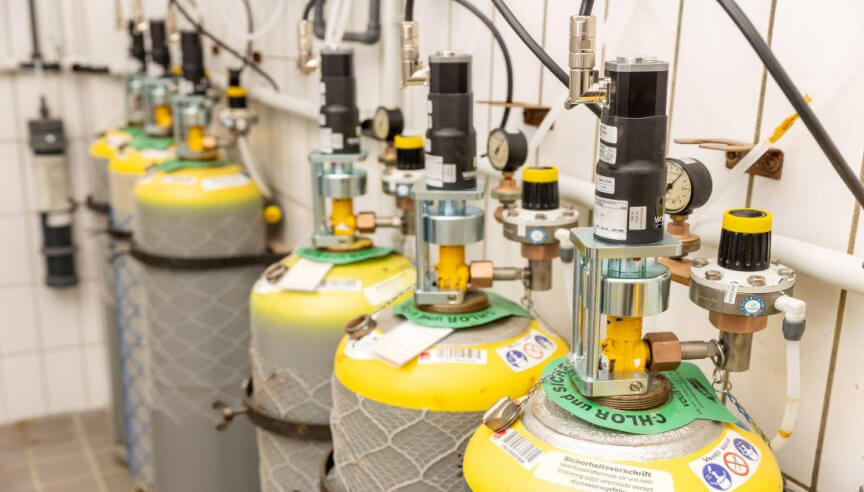Chlorine water disinfection

The Pervasive Power of Chlorine: A Dive into Its Popularity for Water Disinfection
Introduction:
Water, the elixir of life, is a source of sustenance for all living beings. However, ensuring its safety for consumption is paramount to prevent the spread of waterborne diseases. Chlorine, a chemical element widely recognized for its disinfectant properties, has become the go-to solution for purifying water on a global scale. In this article, we explore the reasons behind chlorine’s ease of use and its popularity in water disinfection.
Chlorine’s Disinfectant Properties:
Chlorine’s ability to kill bacteria, viruses, and other harmful microorganisms is at the core of its popularity as a water disinfectant. When chlorine is introduced to water, it undergoes chemical reactions that produce hypochlorous acid and hypochlorite ions. These compounds effectively target and neutralize a broad spectrum of pathogens, making water safer for consumption.
Ease of Application:
One of the primary reasons for the widespread use of chlorine in water treatment is its ease of application. Chlorine can be applied in various forms, such as chlorine gas, liquid sodium hypochlorite, and solid calcium hypochlorite. The versatility of these forms allows water treatment facilities to choose the most suitable option based on their specific needs and infrastructure.
- Chlorine Gas: This form of chlorine is often used in larger water treatment facilities. It is effective in killing bacteria and viruses, but the handling of chlorine gas requires specialized equipment and precautions due to its toxic nature.
- Liquid Sodium Hypochlorite: Also known as bleach, this is a more user-friendly form of chlorine. It is easier to handle than chlorine gas and can be easily transported. Water treatment plants often use liquid sodium hypochlorite for its convenience and efficacy.
- Solid Calcium Hypochlorite: This form of chlorine is commonly used in smaller water treatment facilities, particularly in remote or disaster-stricken areas. Its solid nature makes it easy to transport, store, and handle without the need for complex equipment.
Cost-Effectiveness:
Chlorine’s cost-effectiveness contributes significantly to its popularity in water disinfection. It provides an efficient and relatively inexpensive solution for treating large volumes of water. The availability of various forms of chlorine allows water treatment facilities to choose the most cost-efficient option based on their budget and requirements.
Long-lasting Residual Effect:
Another key advantage of chlorine is its ability to provide a residual disinfectant effect. After the initial application, chlorine continues to safeguard water against microbial contaminants as it remains in the water system. This residual protection helps prevent the recontamination of treated water during storage and distribution, ensuring a continuous supply of safe drinking water.
Regulatory Approval and Standardization:
Chlorine has gained widespread acceptance and approval from regulatory bodies and health organizations globally. Its effectiveness in eradicating waterborne pathogens has led to its inclusion in water treatment guidelines and standards. The consistent use of chlorine allows for uniformity in water treatment practices, ensuring the safety of water supplies around the world.
Conclusion:
In the realm of water disinfection, chlorine stands as a stalwart guardian against waterborne diseases. Its disinfectant properties, ease of application, cost-effectiveness, long-lasting residual effect, and regulatory approval collectively contribute to its unparalleled popularity. As societies continue to prioritize access to clean and safe water, chlorine remains a vital tool in the ongoing quest for global public health and well-being.
